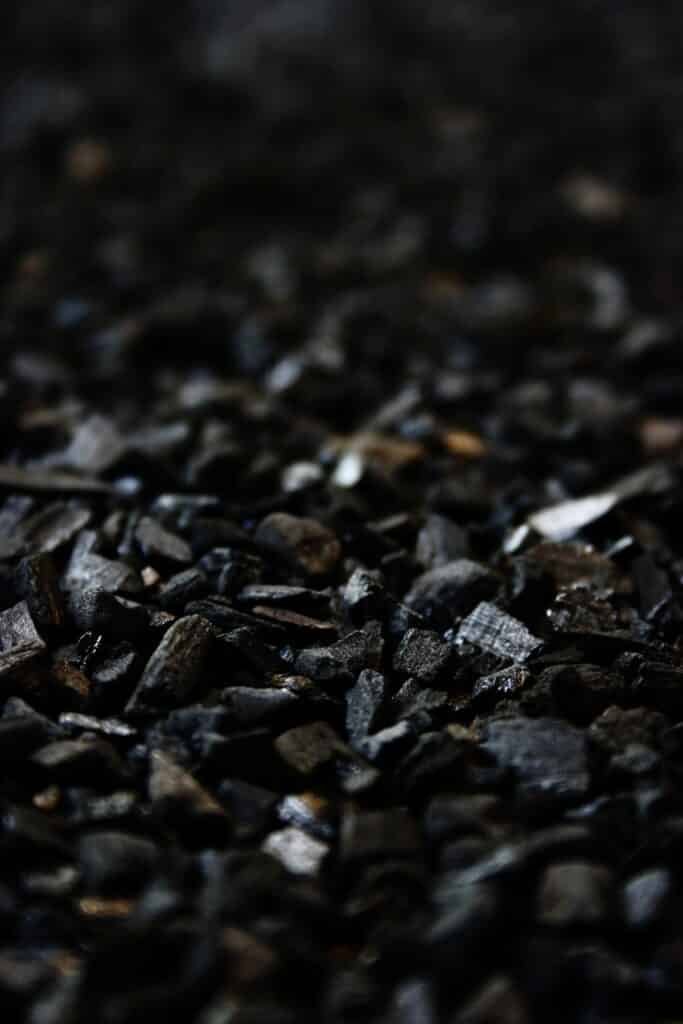Learn about the fact about coconut shell charcoal briquette you need to know

What is Coconut Shell Charcoal Briquette? Everything You Need to Know About Coconut Shell Charcoal Briquette
Have you ever heard about coconut shell charcoal briquette? Tropical countries such as Indonesia are probably more familiar with coconut shell charcoal. It is one of the most commonly used biofuels that can be a better alternative to fuelwood, fossil fuels, and kerosine.
You can use coconut shell charcoal for many things. These things include shisha, barbeque, cooking, industrial boilers, and many more. However, what is coconut shell charcoal? How do you make it? What are the benefits of coconut charcoal briquette?
Well, if those questions come to your mind, this is your lucky day. We will tell you everything you should know about coconut shell charcoal. Make sure to keep reading to find out more about this incredible eco-friendly biofuel.
Coconut Shell Charcoal Ingredients
Before you start looking for a coconut charcoal briquette for sale, you might want to think about learning about its ingredients. Coconut shell charcoals usually do not contain any chemicals or additives. This is because you will use this kind of charcoal for crucial things such as cooking. And you would not want to have a lot of chemicals in your coconut shell charcoals.
Unfortunately, you can still find many coconut shell charcoals out there that use dangerous chemicals for your body. These chemicals might include sawdust, limestone, borax, sodium silicate, and sodium nitrate. By using too many chemicals, you will experience many symptoms in your body, especially if you use coconut shell charcoal for things like cooking.
So, before you start looking for bulk coconut shell charcoal briquette, you might want to think about looking at the ingredients. The best coconut shell charcoal usually only contains natural ingredients, including charcoal powder, cassava starch, and water.
How to Make Coconut Shell Charcoal
Now that you know the basic ingredients of coconut shell charcoal, let’s talk about how to make it. To make coconut shell charcoal, you need an abundant amount of coconut shell. Coconut shell becomes the main ingredient that you will need in abundance.
Many people often throw away coconut shells after they drink the milk inside. That is the raw material that you need to make coconut shell charcoal, which is why you need to have a reliable coconut shell resource. In many tropical countries, you will see piled-up coconut shells that can potentially become your coconut shell resource.
After collecting the raw materials, you need to have a power supply. A coconut shell charcoal factory will have reliable workers, workshops, and many more. Once you have made sure that everything is all set, you can start creating a charcoal briquette from coconut shell without any problem at all.
The first process the coconut shells need to go through is carbonization. The shells will be carbonized into charcoal with the help of the carbonizing machine. Of course, you will be able to find many different types of carbonization furnaces. Which type of furnace you can choose depends on how big your charcoal production scale is.
After the carbonization process, you can crush the coconut shell charcoal. Why? Well, simply because you need to grind the coconut shell into powder before you can make coconut shell charcoal briquettes. The powder form of coconut shell is easier for you to shape, which can help you reduce the wearing of the machines that you have in your factory.
Once the coconut shells are turned into powder, you need to mix the powder with water and a binder. A binder will help the coconut powder to gain the viscosity it needs to form briquettes. You will see how solid and smooth-surfaced the briquettes are if you use a binder.
You can use many different types of binders for your coco shell charcoal briquette. These binders include cassava starch or corn starch. These binders are food-grade, which means they are very safe for you to use. Aside from that, you will not find any noxious gas after burning your coconut shell charcoal.
Once the binding process is complete, you need to move onto the briquette stage. In this stage, you will shape the coconut shell into many different types of briquettes. These different shapes can meet various purposes, including shisha, heating boiler, cooking, barbeque, and many more.
After shaping the coconut charcoal briquette, you need to let it dry. Why? Well, simply because the briquette machine will leave the coconut shell charcoal very wet. And you need to dry it before you can start using the briquettes.
You can dry the coconut shell charcoal by using the sun or a drying machine. If you want to use the sun, you can place the activated coconut charcoal briquette on top of a tray or a plastic cloth. However, you should be cautious of the rain, which is why you might want to think about putting your briquettes on the shelf.
If you choose to dry the briquettes using a machine, you can dry the briquettes automatically. The drying process using a machine typically involves 2-3 hours of your time. You only need to place your briquettes into the drying machine and you are all set.
The Benefits of Coconut Charcoal Briquettes
The last thing that we are going to talk about is the coconut charcoal briquette benefits. You will be able to find so many different benefits from using charcoal briquettes. Here are some of those benefits.
-
Renewable energy. Because they are relatively more eco-friendly, charcoal briquettes can be a great alternative for fuel.
-
Maximum heat generated. By burning coconut shell charcoal, you can produce up to 7000 calories of heat, which is very impressive.
-
Non-toxic. Another great thing about coconut shell charcoal is the fact that it does not have any toxic effects at all. The manufacturing process of coconut shell charcoal is pretty natural and safe, which is why it will not contain any toxic substances.
-
Not smoky. Lastly, coconut shell charcoal is not smoky. When you are burning this charcoal, it does not emit smoke like regular charcoal. Coconut shell charcoal relatively produces less smoke. And that is why you might love coconut shell charcoal briquettes.
Tags: coconut shell charcoal briquette, charcoal briquettes, coconut shell
